Immerse yourself in the captivating realm of dollhouse dresses, where miniature masterpieces meet fashion artistry. From their humble origins to their captivating contemporary designs, these intricate garments invite us to explore a world of creativity and craftsmanship.
Dollhouse dresses transcend mere adornments; they are canvases for storytelling, embodying the evolution of fashion and reflecting the cultural influences that have shaped our world.
Definition and Overview
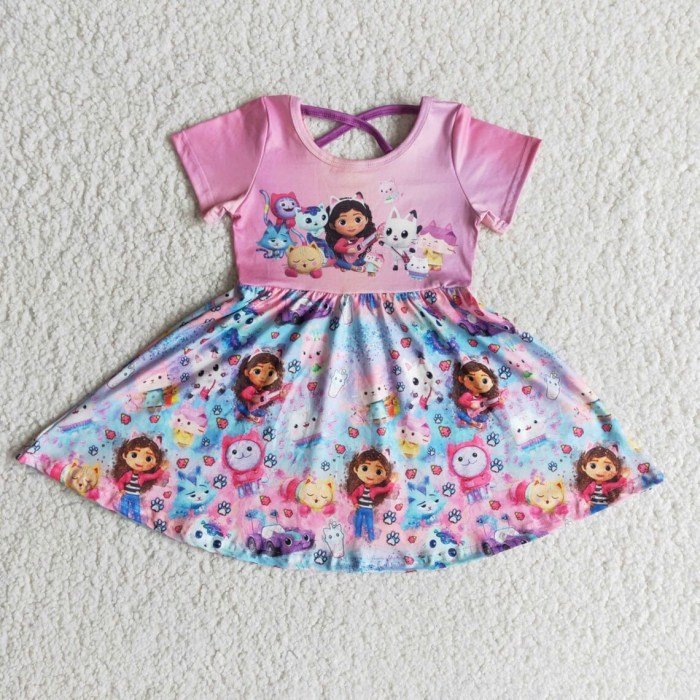
Dollhouse dresses are miniature garments designed specifically for dolls and dollhouses. They are meticulously crafted with intricate details and exquisite fabrics, replicating the styles and designs of full-sized human clothing. Dollhouse dresses are not only decorative accessories but also collectibles, prized by enthusiasts and collectors worldwide.
The origins of dollhouse dresses can be traced back to the 17th century, when wealthy families commissioned skilled seamstresses to create miniature wardrobes for their children’s dolls. These dresses were often made from luxurious materials such as silk, velvet, and lace, and they showcased the latest fashion trends of the time.
Materials and Construction
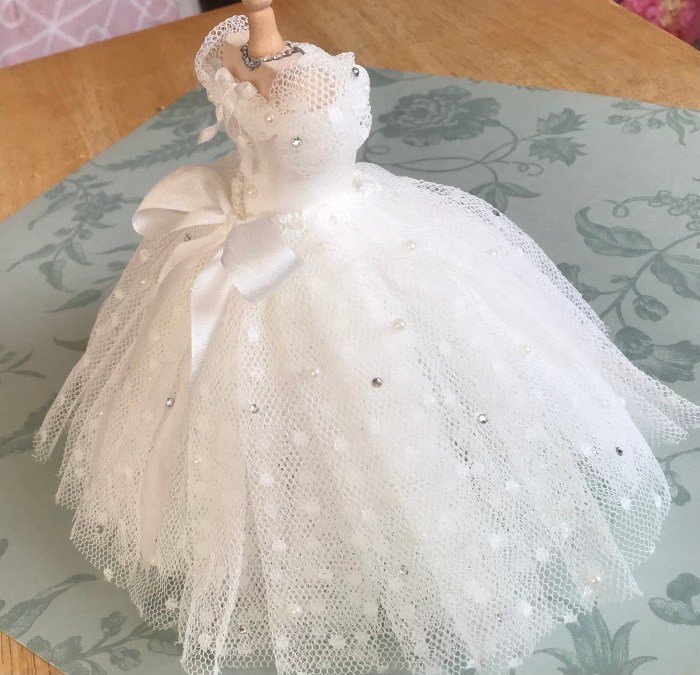
In the realm of dollhouse dressmaking, a myriad of materials and techniques are employed to create exquisite miniature garments. From delicate fabrics to intricate embellishments, each element plays a crucial role in bringing these tiny outfits to life.
Dollhouse dresses are a beautiful and intricate part of dollhouse collecting. They can be made from a variety of materials, including fabric, paper, and even metal. Some dollhouse dresses are even designed to be worn by dolls, while others are simply for display.
If you’re looking for a unique and stylish way to dress up your dollhouse, consider adding a few prom dresses 2020 to your collection. Dollhouse dresses can be found in a variety of styles, from classic to modern, so you’re sure to find one that fits your taste.
The choice of fabrics is paramount, as it sets the foundation for the dress’s overall appearance and texture. Common choices include silk, cotton, lace, and velvet, each with its unique properties and aesthetic appeal. Silk lends a luxurious sheen, while cotton offers breathability and comfort.
For dollhouse enthusiasts, creating miniature garments can be a delightful hobby. Dollhouse dresses come in a wide variety of styles, from intricate period pieces to modern and trendy outfits. If you’re looking for a unique and stylish addition to your dollhouse wardrobe, consider exploring the collection of idyllwind dresses.
These dresses feature exquisite designs and high-quality fabrics, making them perfect for dressing up your dolls for any occasion. From elegant ball gowns to casual sundresses, there’s sure to be a dollhouse dress to suit your taste and complete your miniature world.
Lace adds a touch of elegance, and velvet exudes a regal sophistication.
Trims and Embellishments
Trims and embellishments elevate dollhouse dresses from mere garments to works of art. Ribbons, beads, sequins, and lace are often used to add intricate details and create visual interest. Ribbons can be woven through the bodice or used as straps, while beads and sequins provide a touch of sparkle and glamour.
Lace adds a delicate and feminine touch, perfect for creating frilly petticoats or elegant sleeves.
Construction Techniques
Constructing dollhouse dresses requires a combination of precision and artistry. Hand sewing is often preferred, as it allows for greater control and detail. The use of tiny stitches ensures that the garments are durable and withstand the rigors of play.
Dollhouse dresses can be a great way to add a touch of vintage charm to your dollhouse. If you’re looking for some truly unique and beautiful vintage dresses, be sure to check out the selection at vintage dresses ireland.
They have a wide variety of dresses to choose from, all of which are made with high-quality materials and construction. You’re sure to find the perfect dress to add to your dollhouse collection.
Common construction techniques include gathering, pleating, and embroidery. Gathering creates fullness in the fabric, while pleating adds texture and movement. Embroidery allows for the addition of intricate designs and embellishments, personalizing each dress and making it a truly unique creation.
Design and Styles
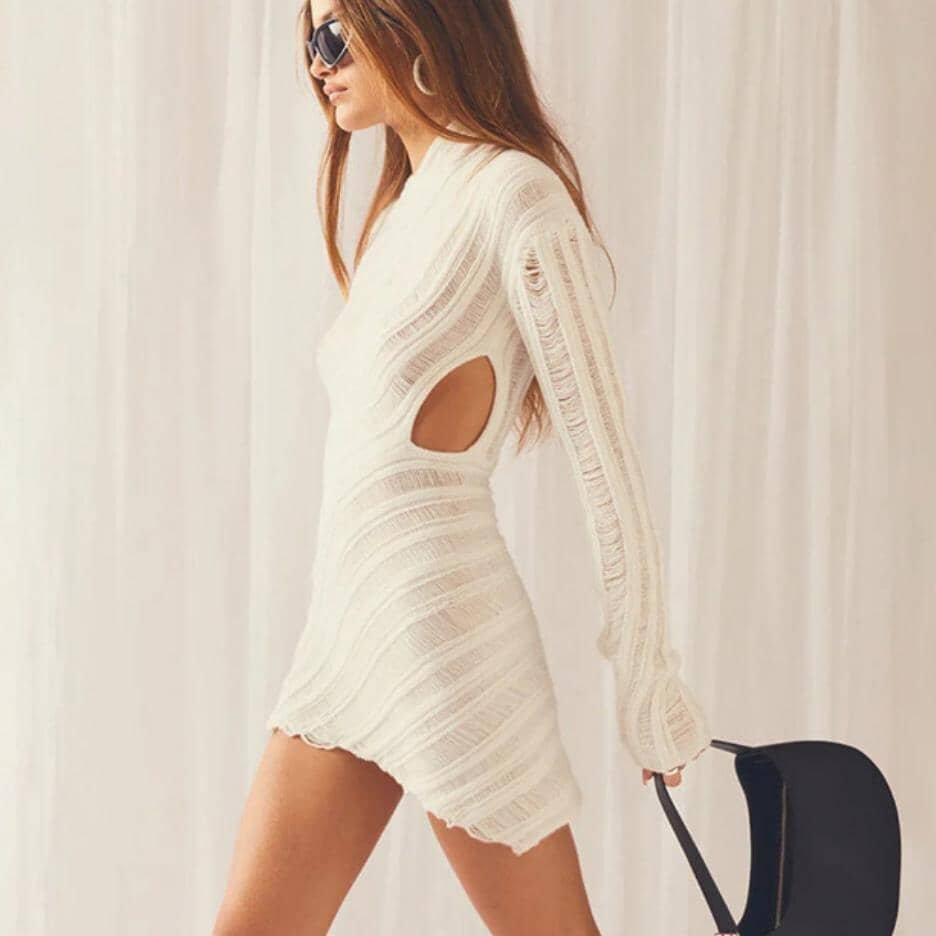
Dollhouse dresses are as varied and stylish as their full-size counterparts. From classic ball gowns to contemporary streetwear, there’s a dollhouse dress to suit every taste.
Some of the most popular dollhouse dress designs include:
- Ball gowns:These elegant dresses are perfect for special occasions, such as weddings and proms. They typically feature a full skirt and a fitted bodice.
- A-line dresses:These dresses have a flattering A-line silhouette, which is wider at the bottom than at the top. They’re a great choice for everyday wear.
- Fit-and-flare dresses:These dresses are fitted through the bodice and flare out at the waist. They’re a feminine and stylish choice for any occasion.
- Sundresses:These casual dresses are perfect for warm weather. They’re typically made from lightweight fabrics, such as cotton or linen.
- Overalls:These practical dresses are perfect for active dolls. They’re made from durable fabrics, such as denim or canvas.
Details
In addition to their overall design, dollhouse dresses can also be distinguished by their details. These details can include:
- Necklines:Dollhouse dresses can have a variety of necklines, such as round, square, V-neck, and scoop neck.
- Sleeves:Dollhouse dresses can have a variety of sleeves, such as short sleeves, long sleeves, and sleeveless.
- Hems:Dollhouse dresses can have a variety of hems, such as straight hems, ruffled hems, and scalloped hems.
- Embellishments:Dollhouse dresses can be embellished with a variety of details, such as lace, ribbon, and beads.
Collecting and Display
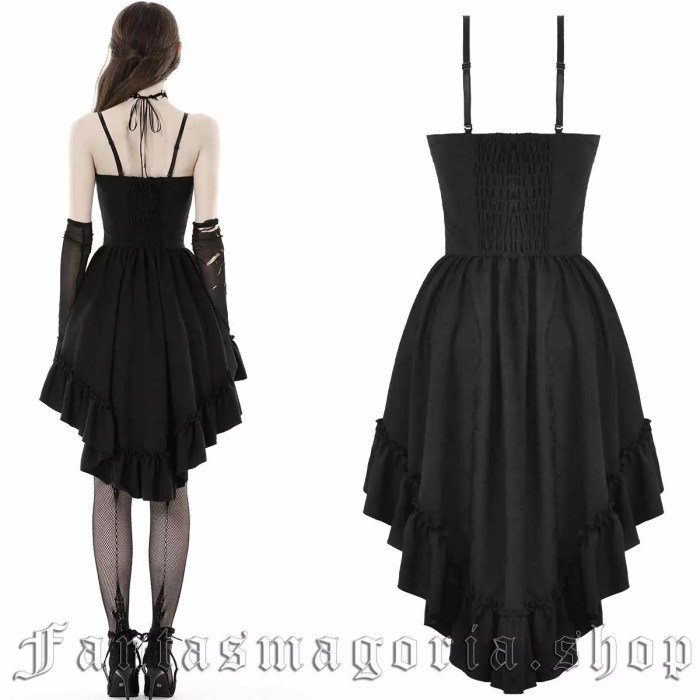
Dollhouse dresses are exquisite miniature works of art that can bring joy to collectors and enthusiasts alike. Building a collection of these tiny garments can be a rewarding and fulfilling hobby, and displaying them properly is essential for their preservation and aesthetic appeal.
Tips for Collecting, Dollhouse dresses
- Identify your interests:Determine the specific types of dollhouse dresses you find most appealing, whether it’s historical costumes, modern fashion, or whimsical designs.
- Research and educate yourself:Learn about the history and evolution of dollhouse dresses, as well as the different materials and techniques used in their creation.
- Attend dollhouse shows and events:This is a great way to meet other collectors, view a wide variety of dresses, and make purchases.
- Join online forums and groups:Connect with fellow collectors and enthusiasts to exchange information, buy and sell dresses, and share your passion.
- Be patient and selective:Building a collection takes time and effort. Don’t rush into purchases, and only acquire dresses that truly resonate with you.
Displaying Dollhouse Dresses
Once you’ve built a collection of dollhouse dresses, displaying them is an important consideration for both preservation and aesthetic appeal.
- Use display cases:Glass or acrylic display cases protect dresses from dust, moisture, and damage. Choose cases with adjustable shelves to accommodate different dress sizes and styles.
- Hang dresses on hangers:Miniature hangers are available in various sizes and styles, allowing you to display dresses in a more realistic and lifelike manner.
- Create miniature mannequins:Mannequins provide a three-dimensional display option, showcasing the details and silhouettes of the dresses.
- Use shadow boxes:Shadow boxes offer a unique way to display dresses by mounting them on a backing board with a depth that allows for viewing from multiple angles.
- Consider lighting:Proper lighting enhances the beauty of dollhouse dresses. Use LED or fiber optic lights to illuminate the display case or shadow box without damaging the fabrics.
Related Topics
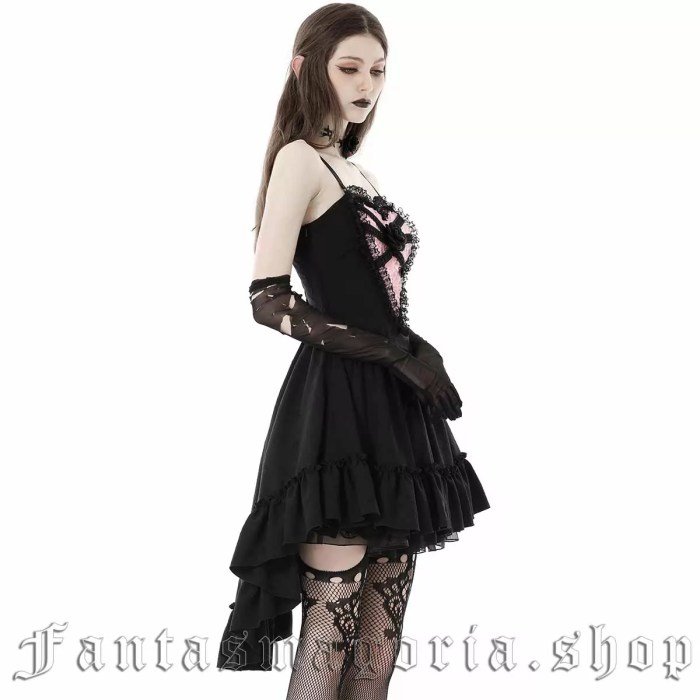
Dollhouse dresses and women’s dresses share a number of similarities and differences. Both types of dresses are designed to be worn by a specific type of figure, and both are typically made from fabric. However, there are also some key differences between the two types of dresses.
One of the most obvious differences between dollhouse dresses and women’s dresses is their size. Dollhouse dresses are typically much smaller than women’s dresses, as they are designed to fit a doll. This difference in size is reflected in the materials used to make the dresses.
Dollhouse dresses are often made from delicate fabrics, such as lace or silk, while women’s dresses are typically made from more durable fabrics, such as cotton or linen.
Another difference between dollhouse dresses and women’s dresses is their level of detail. Dollhouse dresses are often very detailed, with intricate stitching and embellishments. This is because dollhouse dresses are often meant to be collector’s items, and the level of detail reflects the craftsmanship of the dressmaker.
When it comes to dollhouse décor, miniature dresses are a charming touch. From frilly lace to elegant silks, these tiny garments add a touch of whimsy and sophistication to any dollhouse. For a timeless and chic look, consider le blanc dresses , which are known for their crisp white fabric and intricate detailing.
Whether you’re dressing up a porcelain princess or a wooden doll, these exquisite dresses will elevate any dollhouse collection.
Women’s dresses, on the other hand, are typically less detailed, as they are meant to be worn and not just displayed.
Influence of Dollhouse Dressmaking on Fashion Design and Trends
Dollhouse dressmaking has had a significant influence on fashion design and trends. In the 18th century, dollhouse dresses were often used as a way to showcase new fashion trends. Dressmakers would create miniature versions of the latest fashions, which would then be displayed in dollhouses.
This allowed women to see what the latest fashions were without having to spend a lot of money on a new dress.
Today, dollhouse dressmaking is still used as a way to experiment with new fashion ideas. Dressmakers often create dollhouse dresses to test out new designs or to get feedback from clients. Dollhouse dresses can also be used as a way to promote a new fashion line or to create a unique gift.
Final Thoughts
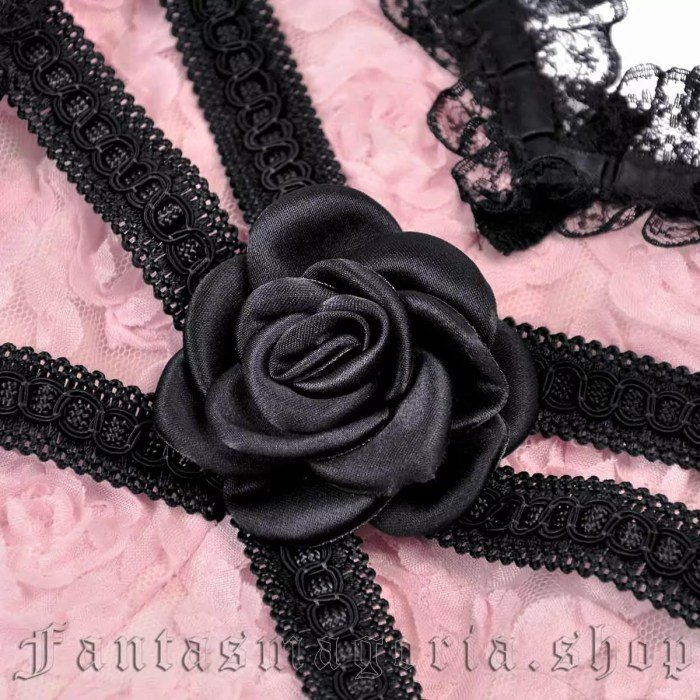
As we conclude our journey through the enchanting realm of dollhouse dresses, we are left with a profound appreciation for the artistry and creativity that goes into crafting these miniature masterpieces. Whether as cherished collectibles or enchanting displays, dollhouse dresses continue to inspire and delight, offering a glimpse into the boundless possibilities of imagination.
FAQ Explained: Dollhouse Dresses
What materials are commonly used in dollhouse dressmaking?
Dollhouse dresses are typically crafted from a variety of fabrics, including silk, cotton, lace, and velvet. Embellishments such as beads, sequins, and ribbons are also frequently used to add intricate details.
How can I start a collection of dollhouse dresses?
Begin by identifying your specific interests, whether it’s a particular era, style, or designer. Attend doll shows and online marketplaces to find unique and authentic pieces.
What are some tips for displaying dollhouse dresses?
Showcase your collection in a dust-free environment with controlled lighting. Use display cases or shadow boxes to protect your dresses from damage and fading.